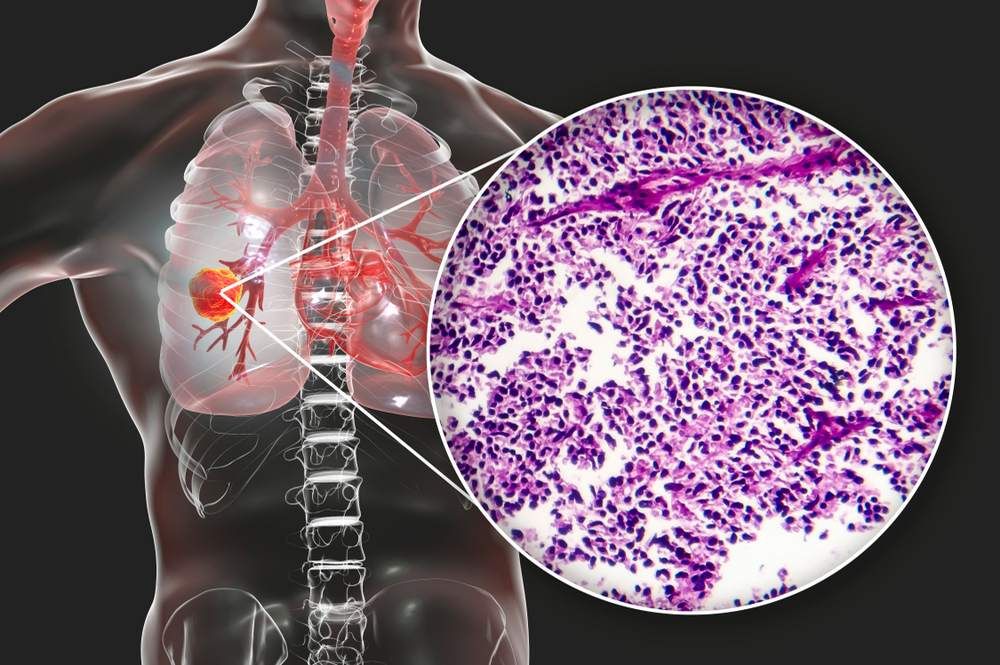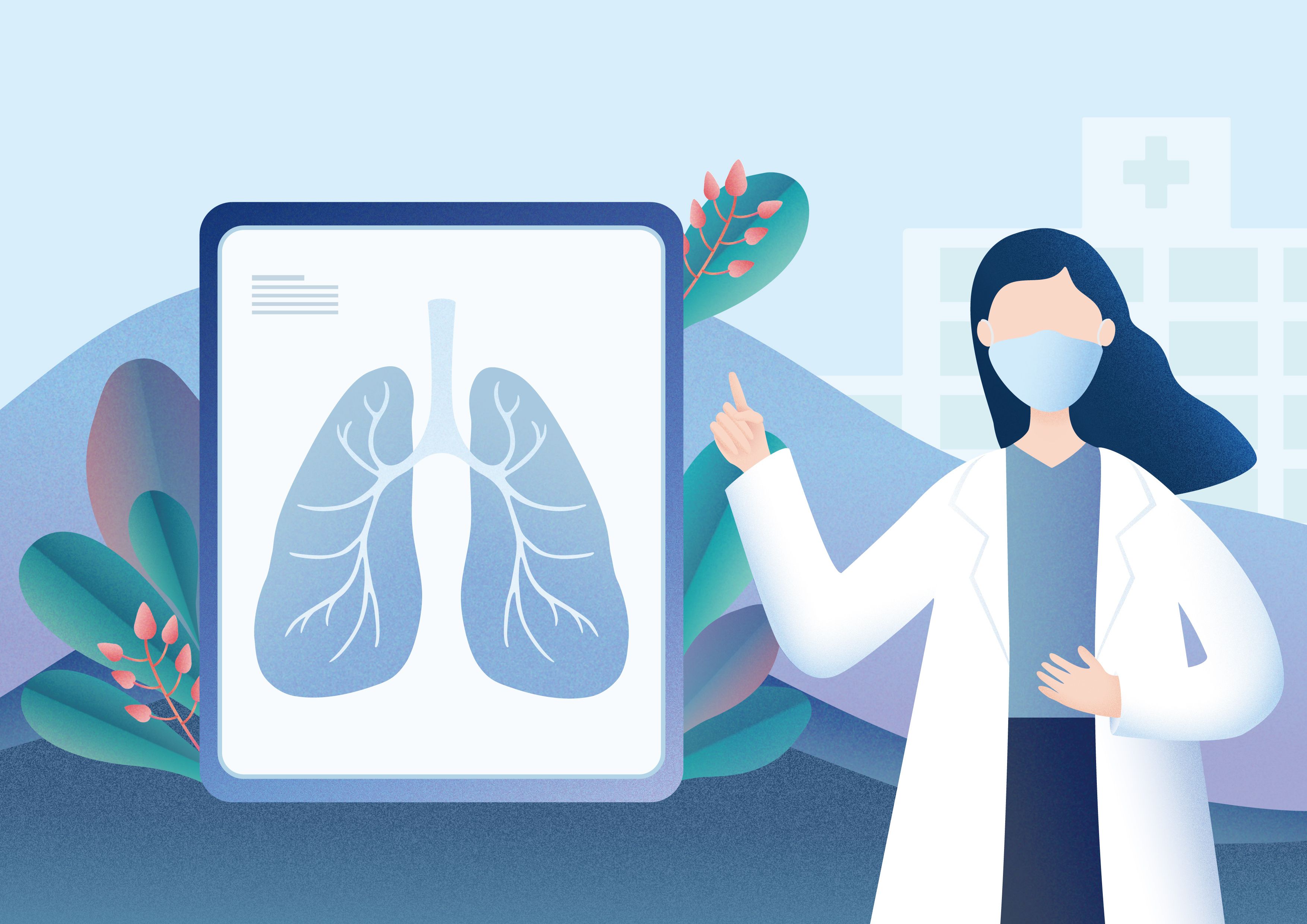Article
Understanding Cancer Clinical Trials and Patient Participation
Author(s):
Clinical trials are an invaluable resource to the cancer community, as they continually advance treatment options for patients. An expert explains how they work and what patients should know.
Clinical trials drive the latest research and cancer advancements –something patients themselves can help by participating.
At the CURE® Educated Patient® Lung Cancer Summit, Dr. Miguel Villalona-Calero shared some insight on the history of clinical trials, the steps they entail and what patients should know about participating.
A Historical Background
Villalona-Calero, who is the co-leader of the Developmental Cancer Therapeutics Program and a professor in the Department of Medical Oncology and Therapeutics Research at City of Hope, explained that the concept of a clinical trial has been around for many years. During the yellow fever outbreak that occurred among American soldiers in Cuba in 1898, Major Walter Reed created two separate huts – one contaminated by mosquitoes and the other with screened windows – to determine how yellow fever was transmitted. It was eventually determined that fomites, or materials likely to carry infection such as clothes, were not spreading yellow fever – mosquitoes were.
“So, it’s sort of a clinical trial (that) led to this discovery, or I would say affirmation or confirmation of a hypothesis,” Villalona-Calero said in his presentation.
However, the first real modern clinical trial, he explained, was done in 1948 by the Medical Research Council of Great Britain. It examined the use of streptomycin for treatment of pulmonary tuberculosis.
The Phases of a Trial
Clinical trials occur in four phases, Villalona-Calero said. A phase 1 study examines side effects, how safe a drug may be to give to a patient, how often and how much they can give. Researchers will also measure what the body does to the drug via blood work.
In phase 2, researchers are looking to answer whether or not the drug shrinks the tumor.
“So let's say you take a number of patients with lung cancer, and then you do X-rays (or CAT scans) before and after, to see if the compound, the drug, or the combination of drugs are shrinking the tumor.”
Phase 3 trials determine whether the outcomes on the treatment are better than those which already exist, using what’s called randomization.
“So basically, it's a flip of a coin,” Villalona-Calero explained. “It's either you get the standard treatment, or you get this new treatment. And then we measure to see if this new treatment is better than a standard, if it is, then it becomes a new standard.”
When this is completed, the researchers will apply for a new drug application to the Food and Drug Administration (FDA), which reviews the treatment and decide on approval.
“As you can see, it takes many years to do this,” he said.
In a phase 4 trial, long-term effects and safety are monitored over a long period of time after the drug is already on the market.
Why Patients Should Participate in Trials
Participating in a clinical trial may give patients the opportunity to be among the first to benefit from a new treatment, expand their number of options and help others by improving cancer care.
“Some people have brought up, ‘Are we guinea pigs?’ And a question that sometimes comes to a patient's mind when they go, for example, in phase 3 trials, is ‘Am I going to get a sugar pill?’” Villalona-Calero said in an interview with CURE®. “So, those are two misconceptions. The first thing is that clinical trials are meant to provide a benefit, so we come with new treatments in areas that we believe we need better treatments, and they are meant to provide benefit to the patients.”
He added that they tend not to use sugar pills, or placebo controls, in cancer trials. “Usually what we do is we compare with treatments that are already established.”
In his presentation, Villalona-Calero emphasized that most patients who have participated in a clinical trial report a positive experience, with 97% of patients claiming they felt they were treated with dignity and respect.
What Should a Patient Ask Their Provider About Trials?
Patients should be asking their providers what the alternative treatments are if they don’t participate in the trial, what the expectations for that treatment are, what the commitment and number of visits is, what the risks may be and who will be mitigating those risks, Villalona-Calero said.
Before any of that, though, a patient should discuss the status of their disease with their provider and what the current standard of care is.
“Ask what the state-of-the-art treatment is at that moment, and what can you expect from it, can this treatment be curative and prolong your life,” Villalona-Calero said. “Discuss that, because that is one option. Also, discuss in patients (who) have very advanced disease that do not want to pursue treatment, that also comfort care is also an option.”
He added that they also make patients aware that they are the boss and can withdraw from a trial at any given time. Before participating, they must sign an informed consent form and have a clear understanding of what the trial will consist of.
“Whenever you see a patient that is feeling better, whenever you see a tumor that goes away, those things are really invigorating and rewarding,” Villalona-Calero said. “In trying to learn more, you also learn from patients, so you have to listen to what they have to say.”
For more news on cancer updates, research and education, don’t forget to subscribe to CURE®’s newsletters here.




